Creating homes for bees
The creation of flower-rich habitats receives considerable publicity but homes for bees are seldom mentioned.
Creating homes next to flowers or where pollination is needed can greatly improve both the survival of bees and effectiveness of flower areas.
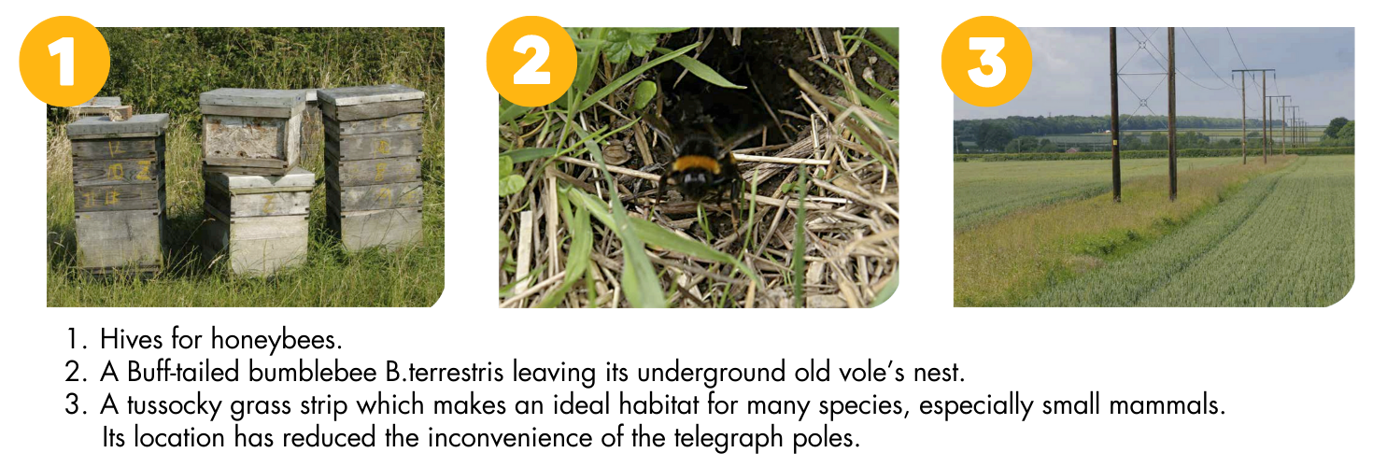
Honeybees
Honeybees live in man-made structures called hives. Some honeybees ‘go wild’ and can live in cavities in trees or buildings.
Honeybees are farmed for their honey (the bee’s winter food) so hives make honeybee transport and honey collection much easier.
Bumblebees
Bumblebees divide into two types: ‘below ground’ nesters, and ‘above ground’ nesters or ‘carder bees’.
The former includes the Buff-tailed Bumblebee Bombus terrestris, which uses old vole nests which are commonly found in tussocky grass.
The latter includes the declining Brown-banded Carder Bee Bombus humilis and Red-shanked Carder Bee Bombus ruderarius, which nest on the surface of short, open established grassland where there is a layer of moss and dead plant material, which they use as insulation for their nests.
However, it is vital that the sun’s warmth can reach the ground, so thick tussocky grass is not suitable for these surface nesters.
Instead, perennial flower margins which are cut annually and the cuttings taken away, or grazed occasionally, provide suitable habitat. Bumblebee boxes are seldom used, suggesting natural habitats are more suitable.
Solitary bees
Solitary bees can be split into cavity nesters and mining bees.
Cavity nesters
Cavity nesters use existing cavities in mature hedges, old gate and fence posts, brick and stone walls. These need to be in sunny positions.
Specially made boxes filled with cut bamboo canes are well used but a greater variety of tube sizes (2-12mm) will attract a wider range of cavity bees.
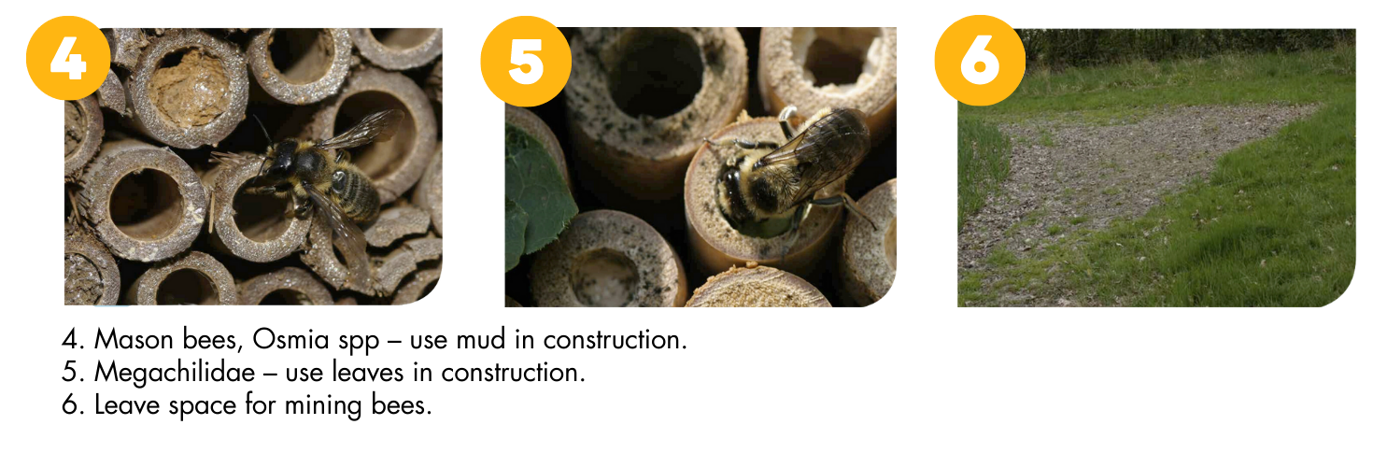
Creating a home for bees
Mining bees
Field studies have shown that when suitable nesting areas (i.e. bare ground) for solitary mining bees are created, they are very readily taken up.
This suggests that they may be a limiting factor when trying to increase bee numbers and that these bees are likely to be the ones that benefit most from providing nest sites.
WHAT TO LOOK FOR
Look for small ‘volcanoes’ of soil with a hole in the middle. Not to be confused with ant or worm casts.
WHAT TO DO
Maintain areas of bare ground such as field corners or close to flower margins. These must be in full sun.
REMEMBER
Adults can take 18 months to emerge so leave these patches in place for a few years if possible.
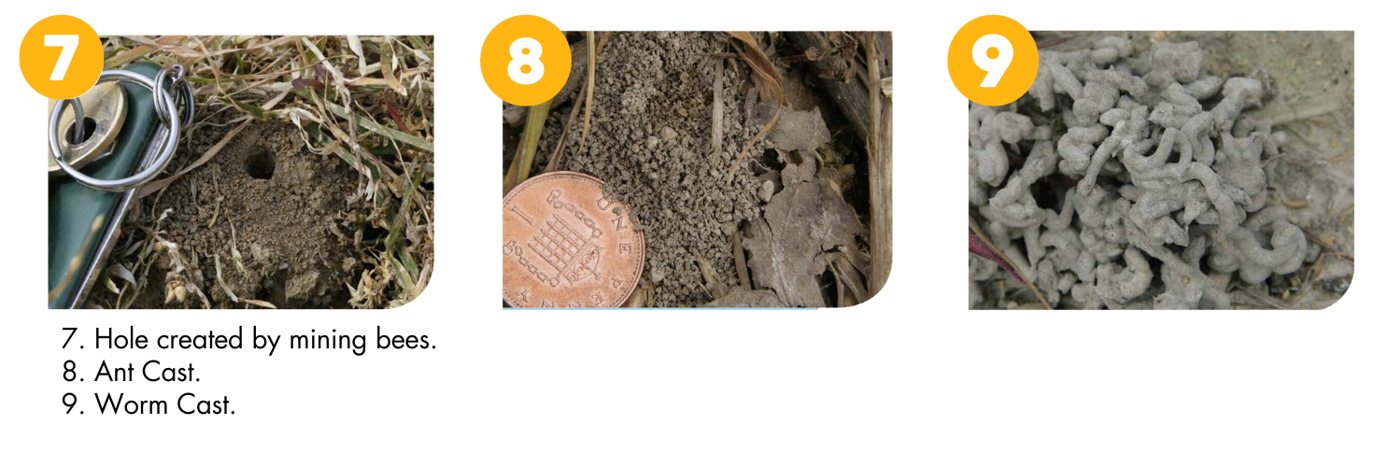

Join Our Community

Agrii X
We love engaging with clients and partners. Give us a follow and let's share stories for the community.

Agrii Instagram
A picture paints a thousand words. Follow us on Instagram to see what we are up to.

Agrii Facebook
Follow us on the worlds biggest social media site for the latest news and events straight to your feed.

Agrii LinkedIn
If you are all about the business, connect with us on LinkedIn to build your network
Stay In Touch

Journal Sign-Up
Receive email updates on topical news and information from around Agrii and UK Farming.

Listen To Our Podcasts
Listen to the Tramlines Podcast. Fortnightly chat about agriculture and trials with your host Tony Smith.

Agrii Insights
Read essential agri intelligence for profitable farming.

Find an Event
Join us for our upcoming events and tours.
Featured News
News - 17/06/25
Half of OSR area underwritten by establishment schemes
News - 27/05/25
Honouring Marek Nowakowski: A Day at Buckingham Palace
News - 01/05/25
Reducing the environmental impact of maize
News - 17/03/25
Agrii Partners with RapidAIM to Revolutionise Codling Moth Management in UK Apple Orchards
News - 07/03/25
Shining a Spotlight on Women in Agriculture
From the fields
Get Growing
Find leading products for all your crop, livestock, and equipment needs

Agrii Vineyard Toolkit
Vine growers, get your copy of the Agrii Vineyard toolkit.

Find out more about Root Crops
A broad range of Root Crops for home-grown forage
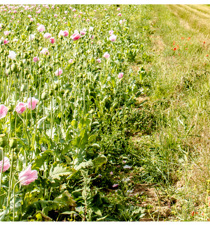
Find out more about Environmental Mixtures
Need ground cover, bird seed and wildflower mixtures? We've got you covered
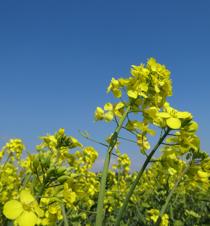
Find out more about OSR
Robust varieties and crop management advice
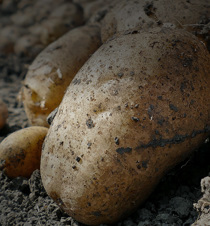
Find out more about Potato crops
We have deep expertise in potato crop management
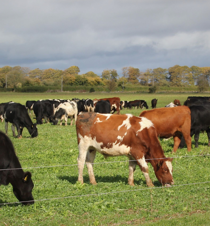
Grassland to repair? Discover your options
Discover our range of grass seeds

Find out more about Innovation Crops
Options for profitable opportunities in your rotation

SFI SAM3 Herbal Leys
Find the right SFI legume and herbal ley for your farm system
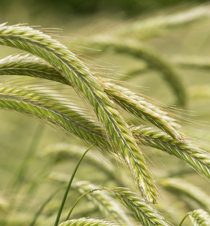
Find out more about Hybrid Rye Crops
Growing wholecrop for AD or grain for livestock we have varieties and advice to help you grow
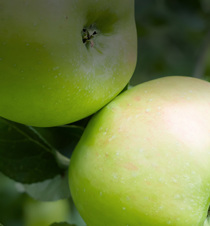
Find out more about Fruit
Dedicated horticulture and viticulture teams to help you manage your crops
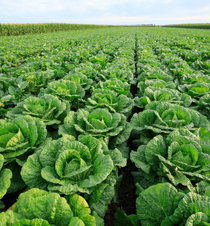
Find out more about growing Vegetables
Specialist agronomy and solutions for high value crops
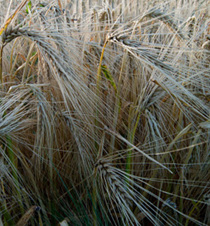
Growing Winter cereals? Find out more here
See our range of researched Winter Cereal crops for your rotation




